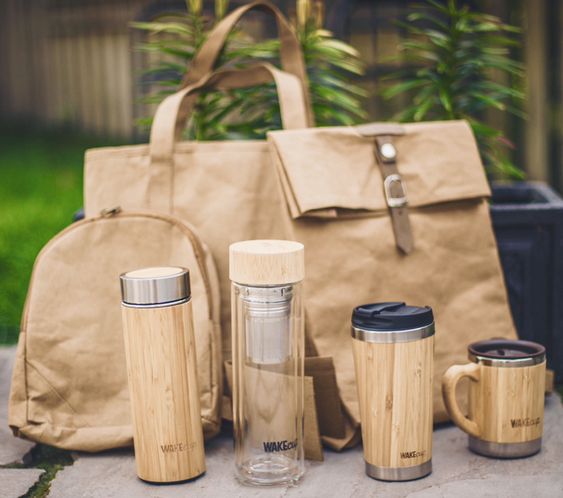In our modern world, where environmental consciousness is increasingly crucial, the design industry is turning towards sustainability. Creating beautiful, earth-friendly products is not just a trend—it’s a responsibility. This article explores the principles of sustainable product design and offers insights on how to craft stunning, eco-friendly products that resonate with today’s environmentally aware consumers.
Understanding Sustainable Design
Sustainable product design is about making thoughtful choices that reduce environmental impact while delivering aesthetically pleasing and functional items. This approach encompasses selecting eco-friendly materials, optimizing production processes, and ensuring products are durable and recyclable. It’s a holistic practice that balances beauty, functionality, and responsibility.
Choosing Eco-Friendly Materials
The foundation of sustainable product design lies in the materials used. Choose renewable, recycled, and biodegradable materials like bamboo, recycled plastics, organic cotton, and reclaimed wood. These materials not only minimize environmental harm but also bring unique textures and stories to your products. Avoid materials that are harmful to the environment, such as certain non-recyclable plastics and toxic composites.

Innovative Production Techniques
Adopting innovative production techniques can significantly enhance sustainability. Techniques such as 3D printing can reduce waste by using only the necessary material. Lean manufacturing practices streamline production, minimizing waste and energy consumption. By continuously seeking and implementing these innovations, you can reduce the ecological footprint of your products.
Designing for Longevity
One of the most sustainable choices in product design is creating items that are built to last. Focus on durability and timeless appeal to ensure your products remain useful and cherished for years. Avoid overly trendy designs that may quickly become obsolete, leading to unnecessary waste. Instead, prioritize quality craftsmanship and classic aesthetics.
Energy Efficiency in Manufacturing
Energy-efficient manufacturing processes are critical to sustainability. Utilize energy-efficient machinery and renewable energy sources such as solar or wind power in your production facilities. Implement energy-saving measures throughout your operations to reduce overall consumption and minimize your carbon footprint.
Promoting Waste Reduction
Waste reduction is a key principle in sustainable product design. Design products that can be disassembled easily for recycling or reuse. Use minimalistic packaging made from recycled or biodegradable materials to reduce waste. Encourage consumers to recycle or repurpose products at the end of their lifecycle.
Embracing Minimalism and Functionality
Minimalist design and functionality often go hand in hand with sustainability. Create products that serve multiple purposes and reduce the need for excess consumption. Minimalist designs are not only aesthetically pleasing but also reduce material use and production costs, contributing to a more sustainable approach.
Enhancing Product Lifecycle
Consider the entire lifecycle of your products, from creation to disposal. Design for reparability, allowing consumers to easily fix and maintain products instead of discarding them. Offer take-back programs where customers can return products for recycling or refurbishing. This cradle-to-cradle approach ensures that products have a minimal environmental impact throughout their lifecycle.

Supporting Ethical Practices
Ethical practices are an integral part of sustainable design. Ensure fair labor practices and safe working conditions in your supply chain. Support local artisans and communities by sourcing materials and products locally. Ethical practices not only enhance sustainability but also build brand trust and loyalty.
Educating Consumers
Educate your consumers about the importance of sustainability and how your products contribute to a healthier planet. Use your platforms to share information about your sustainable practices and encourage consumers to make environmentally conscious choices. Empowered consumers are more likely to support and advocate for sustainable brands.
Crafting beautiful, earth-friendly product designs is a rewarding endeavor that aligns with the growing demand for sustainability. By choosing eco-friendly materials, adopting innovative production techniques, and designing for longevity, you can create products that are both stunning and responsible. Embrace pure sustainability in your product design journey and contribute to a greener, more sustainable world for future generations. Let’s make sustainability not just a goal, but a standard in the design industry.

